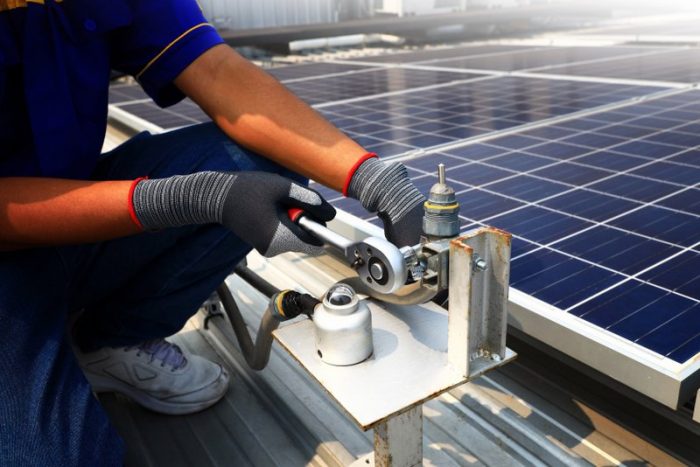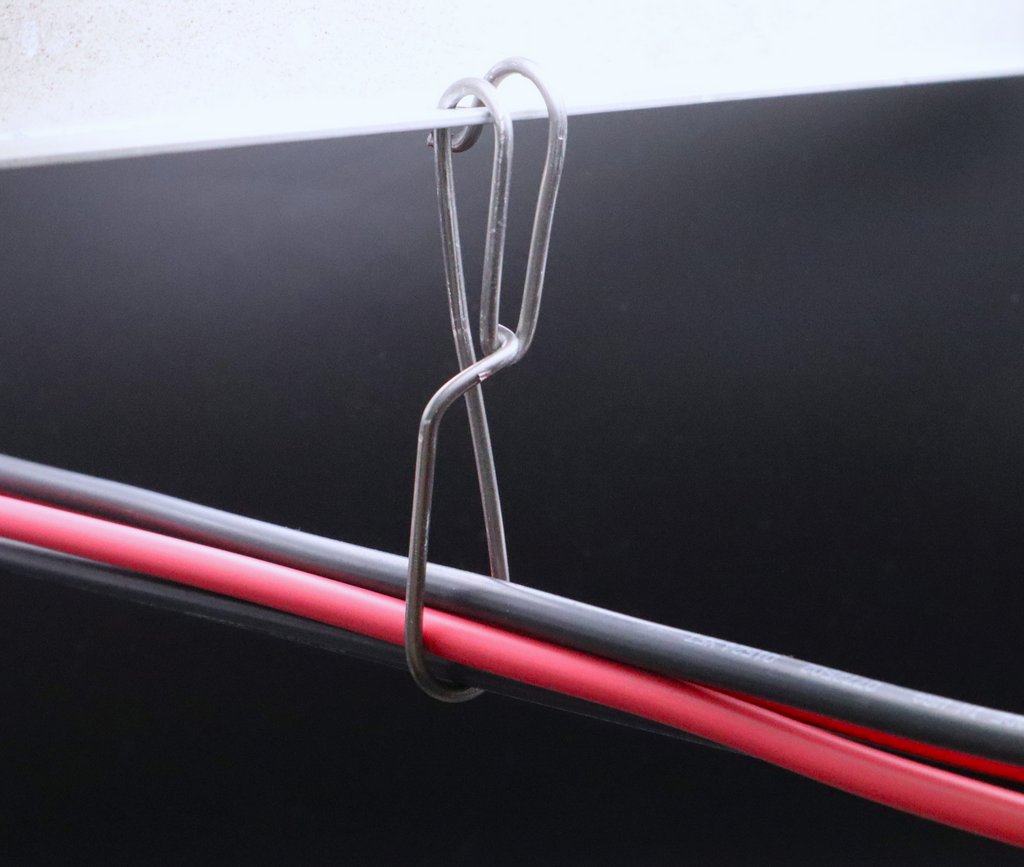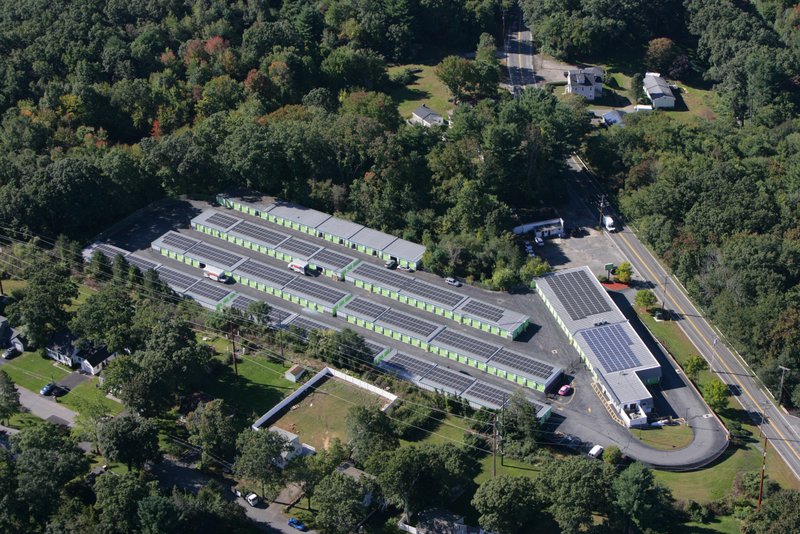Benefits of protecting solar equipment with corrosion inhibitor

From small solar powered LED lighting to massive solar farms, as well as wind turbines of all sizes, critical components must be able to stand up to constant exposure to sun, rain, dew, humidity, wind, and dust for the life of the system. The challenge is that the internal components, electronics, and wiring of solar panels, inverters, meters, cooling fans, racks, and wiring, as well as wind generators, rotor blades, and towers are susceptible to corrosion and electrolysis, which can compromise function and lifespan. Accumulated dust can also obscure solar panels, reducing their effectiveness in collecting energy from the sun.
In response, industry professionals are turning to a unique anti-corrosion protectant, cleaner, and lubricant called StrikeHold. The spray was originally developed to preserve and maintain U.S. military weapons and heavy equipment for use in some of the harshest working conditions in the world. Today it is used to protect circuit boards, electrical circuits, and metal components in corrosive environments while improving electrical continuity and contacts. The spray not only protects the wide range of renewable energy equipment comprised of such components, but also extends its usable life and facilitates more efficient energy conversion.
The use of StrikeHold has the potential to largely eliminate the effects of moisture, corrosion, and electrolysis in such equipment. The micro barrier that it forms on components is so complete that an electrical charge cannot be passed from the metal into water. It also improves electrical performance by cleaning and protecting contacts and internal parts, including circuitry and connections. The anti-corrosive protectant sprays on clear or applies wet and dries in place.
The protectant is designed to waterproof components and can even be used on equipment that is already wet in the field. Because it has a specific gravity greater than water, when applied to a wet surface it penetrates to the hard exterior, pushes water from the surface, and coats the area.
Since the cleaner has anti-static properties, dust, dirt, and grime do not adhere to it in the natural environment. Dust blown onto a treated surface blows off cleanly with wind or rain, leaving the coating intact. For this reason, the protectant and cleaner is used on hundreds of solar lighting fixtures along a coal mine roadway in Brisbane, Australia, according to Daryl Bancroft, Alpha LED Lighting’s Managing Director in Australia.
“Each light has a solar panel that keeps the light charged. The dust raised by the wind, passing vehicles, and coal trucks was very problematic for the solar panels,” says Bancroft. “Once the panel is coated with the shield-like, completely dry film seal, it’s protected, and moisture, sand, dust, and dirt don’t stick to it. This eliminates a lot of preventative maintenance and allows the solar panels to be much more efficient producing energy for the lights.”
He adds, “The best preventive maintenance is using the spray. I’ve discovered it can be utilized across multiple industries, mainly because of the dry lube and micro barrier features that make this product very unique.”
According to Bancroft, the mine occasionally reapplies the compound on the solar panels but does not otherwise clean them. There have been no reported failures in the 12 months since the treatment began. The mine plans to install additional solar powered lights, which will be pre-treated and maintained with the protectant and cleaner.
In another potential application, StrikeHold is being evaluated by a maintenance firm in rural Alaska whose platform facilitates smart servicing for solar, wind, Battery Energy Storage Systems (BESS), microgrids, and fleets of back-up diesels. The compound is being considered for a variety of potential applications on 100–200-acre solar farms, including the solar panels as well as cooling fans that can bring corrosive elements into contact with the electronics and electrical gear inside inverters.
Del Williams is a Technical Writer who lives in Torrance, California.





Comments are closed here.